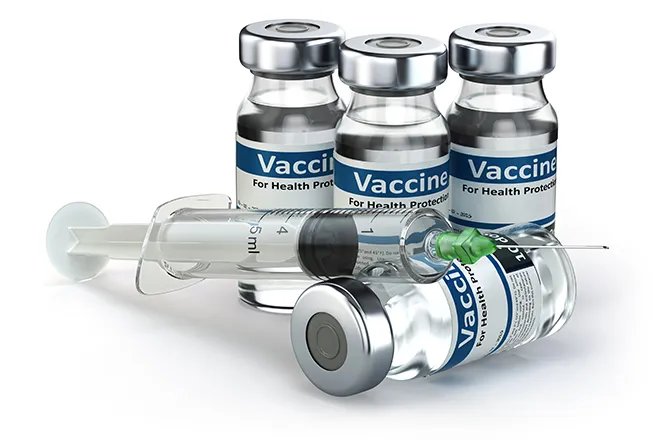
Report: Colorado kids struggle with education, health care, housing
(The Center Square) – Many Colorado children are adversely affected by the state’s economic environment, affordability of health care and quality of education, according to an annual report from a nonprofit, nonpartisan organization.
“KIDS COUNT in Colorado!” the 31st annual report from the Colorado Children’s Campaign, is a 144-page report on the well-being of children at the state and county levels. It includes information on youth mental health, family health and economics, early childhood learning and development and youth success.
“This year’s report shows that too many kids and families are struggling to navigate higher costs of living and evaporating federal investments and social safety net programs,” Heather Tritten, president and chief executive officer of the Colorado Children’s Campaign, said in a statement. “The data show concerning trends in health coverage, the stability of our teaching and caring workforces, and housing. In other areas, such as disparities in academic outcomes and the share of kids living in deep poverty, our progress has stagnated.”

Tritten also praised state government for adopting “more equitable school funding” and passing tax credits for lower-income families and workers.
One in three children in Colorado live in a household spending more than 30 percent of its income on housing, according to the report. Approximately 6 percent of Colorado’s children experienced extreme poverty in 2022, defined as an annual income of less than $13,875 for a family of four or less than $9.50 per person, per day.
Direct cash assistance – guaranteed basic income programs – was highlighted as a “powerful tool for fighting poverty.”
“Evidence from policies providing direct cash payments to families is clear: direct cash reduces poverty and improves child health and educational outcomes, as well as outcomes for children into their adult years,” according to the report. “Evaluations of these guaranteed income pilot programs are still underway in many places, but early results are promising.”
A recent large study published by the National Bureau of Economic Research found that families are worse off after receiving $1,000 a month in guaranteed basic income.
The report noted a 2021 study from the liberal Center on Budget and Policy Priorities on the cash programs leading to improved health outcomes. It also reported 147,000 children were dropped from Medicaid since 2023 due to a continuous eligibility provision during the pandemic. Medicaid enrollment of children dropped 24 percent in the last year.
The state’s on-time high school graduation rate increased to 83.1 percent, according to the report. However, scores on standardized tests in math and English remain below pre-pandemic benchmarks.
The report stated the high cost of living for families with children requires “all available parents” to be working and utilizing child care. In 2022, there was enough slots in Colorado’s licensed child care centers for approximately 66 percent of children under age 6.
“Over time, I believe we will see improvements in our poverty rate, in families’ access to child care and well-resourced schools, and in our students’ academic achievement and well-being as a result of these changes,” Tritten wrote.
Colorado had more than 1.2 million children in 2022 and 46 percent were children of color, according to the report. Approximately 25 percent of the state’s children are under age 5. Approximately 17 percent (151,000) speak a language other than English at home. Approximately 28 percent of children live in single-parent families and 21 percent live in immigrant families.

















